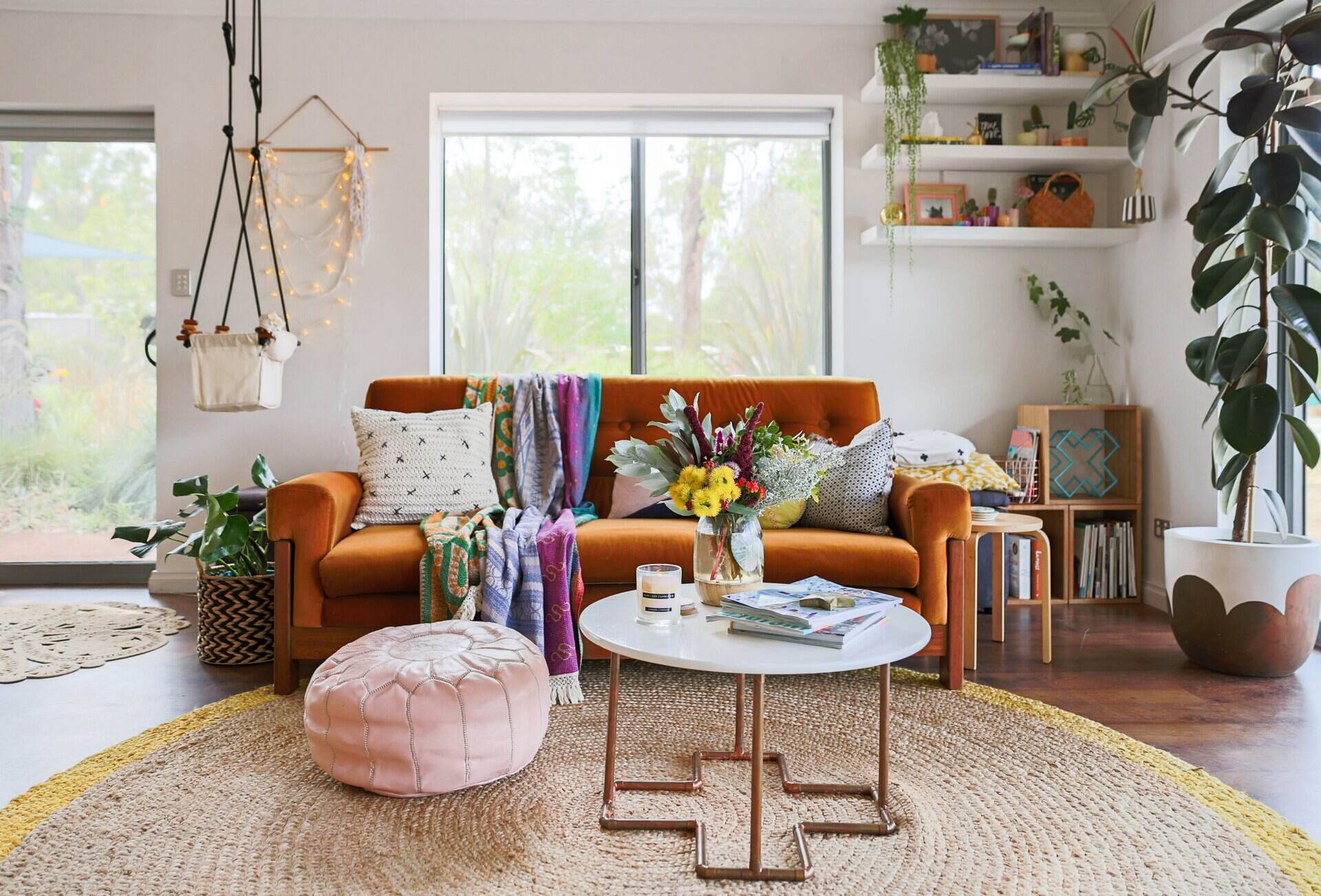

Articles
How To Use Poufs In Living Room
Modified: February 24, 2024
Discover creative ways to incorporate poufs into your living room decor. Read our articles for tips, ideas, and inspiration to elevate your space.
(Many of the links in this article redirect to a specific reviewed product. Your purchase of these products through affiliate links helps to generate commission for Storables.com, at no extra cost. Learn more)
Introduction
Welcome to the world of poufs! These versatile and stylish pieces of furniture have become a popular addition to living rooms, providing not only extra seating but also adding a touch of color and texture to the space. Whether you are looking to create a cozy reading nook, a casual seating area for guests, or just want to spruce up your living room decor, poufs are a fantastic choice. In this article, we will explore how to use poufs in your living room to maximize both functionality and visual appeal.
When it comes to choosing the right poufs for your living room, there are a few factors to consider. First and foremost, determine the size and shape that will best suit your space. Poufs come in various sizes, including small, medium, and large, so you can easily find one that fits your specific needs. Additionally, consider the overall style and aesthetic of your living room. Are you going for a traditional, modern, or eclectic look? Choosing poufs that complement the existing furniture and decor will help create a cohesive and inviting atmosphere.
Once you have selected your poufs, it’s time to think about their placement and arrangement in the living room. Since poufs are portable and lightweight, you have the flexibility to move them around as needed. They can be placed in front of a sofa or sectional as footrests, used as additional seating for guests, or even used as a coffee table when topped with a tray. Their versatility allows you to change up the layout of your living room effortlessly.
Incorporating poufs into your seating areas is a great way to add comfort and functionality. Instead of relying solely on traditional chairs and sofas, placing a couple of poufs alongside them creates a relaxed and inviting atmosphere. Guests can easily move the poufs to their desired position and enjoy a comfortable seating option. This is especially useful when hosting gatherings or parties, as it allows for a more flexible and accommodating space.
In addition to serving as seating options, poufs can also function as footrests. After a long day at work, there’s nothing better than propping your feet up and unwinding. Simply place a pouf in front of your favorite armchair or sofa and enjoy ultimate relaxation. The soft and cushioned surface of the pouf provides a comfortable resting place for your feet, helping you to fully unwind and rejuvenate.
Key Takeaways:
- Poufs are versatile and stylish additions to living rooms, offering extra seating, footrests, and even coffee tables. Their placement and arrangement can greatly impact the ambiance and flow of the space, providing both functionality and aesthetic appeal.
- When incorporating poufs into your living room, consider their size, shape, color, and texture to create a customized and inviting seating area that reflects your personal style. Styling poufs with decorative accessories can further elevate their aesthetic appeal and create a cohesive and inviting atmosphere.
Choosing the Right Poufs
When it comes to choosing the right poufs for your living room, there are a few factors to consider. With a wide range of options available in terms of size, shape, material, and design, it’s important to keep these considerations in mind to ensure you select the perfect poufs for your space.
Size: Poufs come in various sizes, including small, medium, and large. The size you choose will depend on the available space in your living room and the purpose you have in mind for the poufs. If you have a smaller living room, opt for smaller poufs to prevent overcrowding. On the other hand, if you have a larger space, you can go for larger poufs to make a bold statement or create a focal point.
Shape: Poufs are available in different shapes, including round, square, and cylindrical. The shape you choose will depend on your personal preference and the overall style of your living room. Round poufs tend to create a more relaxed and organic feel, while square and cylindrical poufs offer a more structured and modern look. Consider the existing furniture and decor in your living room to ensure the poufs will harmonize with the overall aesthetic.
Material: Poufs can be made from a variety of materials, including fabric, leather, and woven materials. Each material offers a unique look and feel. Fabric poufs are soft and cozy, perfect for creating a comfortable and inviting atmosphere. Leather poufs add a touch of luxury and sophistication. Woven poufs, such as those made from jute or rattan, bring a natural and bohemian vibe to your living room. Choose a material that aligns with your personal style and the overall vibe you want to achieve in your living room.
Design: The design of the poufs plays a significant role in enhancing the visual appeal of your living room. Consider the colors, patterns, and textures of the poufs to ensure they complement the existing furniture and decor. Bold and vibrant colors can add a pop of color and make a statement, while neutral tones can create a more calming and cohesive look. If your living room has a specific theme or style, choose poufs that align with that theme to create a cohesive and well-designed space.
Comfort: While style is important, don’t forget to prioritize comfort when choosing poufs. After all, they are meant to be used as seating or footrests. Look for poufs that are well-padded and offer adequate support. Consider the height of the poufs and choose those that allow for easy reach or lounging. Don’t hesitate to test them out in person or read reviews to ensure they are comfortable and durable.
By considering these factors – size, shape, material, design, and comfort – you can find the perfect poufs for your living room. Remember, the goal is to choose poufs that not only enhance the overall aesthetic of your living room but also provide functionality and comfort for you and your guests.
Placement and Arrangement
Once you have chosen the perfect poufs for your living room, it’s time to think about their placement and arrangement. The way you position the poufs can greatly impact the overall layout and functionality of the space. Here are some ideas and tips to help you make the most out of your poufs in terms of placement and arrangement:
- Positioning in front of a sofa or sectional: Placing a pouf in front of a sofa or sectional is a popular and practical choice. It serves as a footrest for lounging and can also be used as a makeshift coffee table when topped with a tray. This creates a cozy and functional seating area where you can kick back, put your feet up, and relax.
- Grouping multiple poufs together: If you have more than one pouf, consider grouping them together for added impact. You can arrange them in a cluster to create a casual and inviting seating area. This works well in larger living rooms to fill up empty corners or spaces, and it’s also a great option for hosting gatherings or parties where you need extra seating options.
- Incorporating into seating areas: Instead of solely relying on traditional chairs and sofas, incorporate poufs into your seating areas. Place them alongside sofas or armchairs to create a more relaxed and versatile seating arrangement. This not only adds variety to the seating options but also promotes a more inclusive and interactive atmosphere for conversations and socializing.
- Using as standalone seating: Poufs can also be used as standalone seating options. Position them strategically in the living room so that they can be easily accessed and used when needed. This is particularly useful in small living rooms where space is limited and an extra chair might be too bulky.
- Creating a focal point: If you have a statement pouf or a pouf with a unique design, consider using it as a focal point in your living room. Place it in a prominent spot, such as in the center of the room or in front of a fireplace, to draw attention and add visual interest. This can be a great way to showcase your personal style and add a touch of personality to the space.
Remember, poufs are versatile and can be easily moved around, so don’t be afraid to experiment with different placements and arrangements. Play around with the layout until you find the configuration that works best for your living room. Keep in mind the flow of the room and ensure that the placement of the poufs allows for easy movement and accessibility. Ultimately, the goal is to create a comfortable and functional space where the poufs not only serve their practical purpose but also enhance the overall aesthetic of your living room.
Incorporating Poufs into Seating Areas
Poufs are not only versatile and stylish, but they can also be a great addition to your seating areas, adding comfort and a relaxed atmosphere. Here are a few ways to incorporate poufs into your seating areas to create a cozy and inviting space:
- Pairing with sofas and armchairs: Place a pouf alongside your sofas and armchairs to create a more inclusive and flexible seating arrangement. This allows for easy movement and encourages a relaxed atmosphere for conversations and socializing. Guests can easily move the pouf to their desired spot and enjoy a comfortable seat.
- Creating a reading nook: If you have a cozy corner in your living room, transform it into a reading nook with the addition of a pouf. Position a comfortable armchair beside a bookshelf or a floor lamp, and place a pouf nearby as a footrest. This creates a dedicated space for you to unwind, read a book, or simply enjoy a quiet moment.
- Designating a kids’ area: If you have little ones, creating a designated kids’ area in your living room can be a great way to keep them entertained and engaged. Place a pouf or two in a corner of the room with some floor cushions or toys. This allows children to have their own space where they can play, read, or watch their favorite shows.
- Arranging in a circle: For a more intimate and cozy seating arrangement, arrange the poufs in a circle. This creates a focal point in the room and encourages face-to-face conversations. It’s perfect for hosting small gatherings or having quality time with friends and family.
- Using under a console table: If you have a console table against a wall, consider placing a pouf or two underneath it. This not only adds visual interest but also provides extra seating options when needed. It’s a great way to maximize space and ensure you are always prepared for unexpected guests.
- Pairing with a window seat: If you have a window seat in your living room, a pouf can be paired with it to offer additional seating and comfort. Place a pouf in front of the window seat as a footrest or use it as an extra seat for guests. It creates a cozy and inviting nook where you can relax and enjoy the view.
Remember to consider the size and shape of your poufs when incorporating them into your seating areas. Ensure they are in proportion to the other furniture pieces and leave enough room for easy movement. Experiment with different arrangements until you find the configuration that works best for your living room and suits your preferred style. Incorporating poufs into your seating areas not only adds functionality but also adds a touch of comfort and style to enhance your overall living room experience.
Using Poufs as Footrests
One of the most popular ways to utilize poufs in your living room is by using them as footrests. Not only do they add comfort and relaxation to your seating area, but they also serve as a stylish and functional accessory. Here are some ideas and tips on how to incorporate poufs as footrests in your living room:
- Pair with a sofa or armchair: Position a pouf in front of your sofa or armchair to create an inviting and comfortable space. This allows you to elevate your feet, relieving pressure and promoting relaxation. It’s perfect for unwinding after a long day or enjoying a leisurely afternoon reading or watching TV.
- Create a cozy reading nook: Transform a corner of your living room into a cozy reading nook by placing a comfortable chair or chaise lounge and a pouf as a footrest. This creates the perfect spot for you to curl up with a good book and rest your feet while enjoying some quiet, uninterrupted reading time.
- Add to a window seat: If you have a window seat in your living room, enhance its comfort by adding a pouf as a footrest. Whether you’re enjoying a cup of coffee, gazing outside, or simply relaxing, having a pouf as a footrest elevates your comfort level and adds an extra layer of coziness to the space.
- Use as a makeshift ottoman: If you don’t have a dedicated ottoman in your living room, a pouf can serve as a versatile and functional alternative. Place it in front of your sofa or sectional, and use it as a footrest for a relaxed and comfortable seating experience. When not in use, you can easily move the pouf to the side or use it as extra seating when needed.
- Pick the right size and shape: When choosing a pouf as a footrest, consider the size and shape that best suits your needs. Ensure that the height is appropriate for comfortable foot placement. If you have a large seating area, opt for a larger pouf to accommodate multiple people. Consider the style and color of the pouf to create a cohesive and visually pleasing look in your living room.
Using poufs as footrests not only adds comfort and relaxation to your living room but also adds an element of style and versatility. They are a practical and stylish addition to any seating area, offering you the opportunity to kick back, put up your feet, and enjoy ultimate relaxation. Whether you’re unwinding after a long day, enjoying a leisurely afternoon, or engaging in conversation with friends and family, poufs as footrests are sure to elevate your living room experience.
Read more: Why Is A Living Room Called A Living Room
Poufs as Coffee Tables
If you’re looking to add a unique and stylish touch to your living room, consider using poufs as coffee tables. Not only do poufs serve as functional and versatile seating options, but they can also double as an alternative to traditional coffee tables. Here are some ideas and tips on how to incorporate poufs as coffee tables in your living room:
- Choose the right size and shape: When using a pouf as a coffee table, it’s essential to select the right size and shape. Consider the dimensions of your seating area and the height that works best for your desired use. Round or square poufs are traditional choices, though you can also opt for unique shapes or sizes to make a statement and add visual interest.
- Use a tray as a tabletop: To make the pouf more functional as a coffee table, place a decorative tray on top. The tray provides a stable surface for holding drinks, snacks, books, or decorative items. Additionally, it adds a layer of protection to the pouf, preventing any spills or stains on the fabric or material.
- Pair with a larger base: If you have a larger seating area or a large sofa, consider using multiple poufs together as a coffee table. Arrange them in a cluster or in a row to create a larger surface area. This setup allows for more tabletop space and accommodates the needs of multiple users.
- Use for casual and relaxed styling: Poufs as coffee tables work particularly well in casual and relaxed living room styles. They add a touch of comfort and informality to the space, creating an inviting and cozy atmosphere. This is perfect for spaces where a laid-back ambiance is desired, such as bohemian, eclectic, or coastal-inspired living rooms.
- Mix and match with other coffee tables: If you already have a traditional coffee table, you can mix and match it with one or two poufs. This combination adds visual interest and creates a unique and eclectic look in your living room. It also allows for versatile functionality, as you can use the poufs as additional seating or footrests when needed.
- Consider storage options: Some poufs are designed with hidden storage compartments. These are particularly useful if you need extra storage space in your living room. You can use them to store blankets, pillows, magazines, or other items, keeping them conveniently close at hand while maintaining a clutter-free space.
Using poufs as coffee tables adds a touch of creativity and personality to your living room decor. It offers a unique and versatile alternative to traditional coffee tables, allowing you to create a customized and functional space. Whether you choose a single pouf or multiple poufs arranged together, this innovative approach will surely make a statement and become a conversation piece. So why not give your living room a fresh and trendy look by incorporating poufs as stylish and functional coffee tables?
When using poufs in the living room, consider using them as extra seating, footrests, or even as a small side table with a tray on top. They are versatile and can easily be moved around to accommodate different seating arrangements.
Adding Color and Texture with Poufs
Poufs are not only practical and comfortable but also offer a great opportunity to add color and texture to your living room decor. Whether you want to make a bold statement or create a cozy and inviting atmosphere, poufs can play a significant role in enhancing the overall look and feel of your space. Here are some ideas and tips on how to add color and texture with poufs:
- Choose vibrant and bold colors: If you want to make a statement in your living room, opt for poufs in vibrant and bold colors. Whether it’s a vivid green, a vibrant pink, or a bold pattern, a pop of color can instantly uplift the space and create a focal point. However, make sure to balance the color scheme with the rest of your decor to maintain a cohesive look.
- Go for patterns and prints: Poufs with intricate patterns or bold prints can add visual interest and texture to your living room. From geometric shapes to floral motifs, there are endless options to choose from. Pick patterns and prints that complement your existing furniture and decor, or use them as a starting point to introduce a new color scheme or theme.
- Experiment with different materials and textures: Poufs come in a variety of materials, such as fabric, leather, or woven materials like jute or rattan. Each material offers a unique texture that can add depth and visual appeal to your living room. Consider the overall aesthetic you want to achieve, and choose poufs with materials that complement your desired style.
- Layer with cushions and throws: To enhance the cozy and inviting nature of your living room, pair your poufs with cushions and throws in complementary colors and textures. Mix and match different fabrics, such as velvet, faux fur, or woven textures, to create layers of visual interest and comfort. This combination adds warmth and depth to your seating area.
- Consider color schemes and contrasts: When selecting poufs, think about the color scheme and contrasts in your living room. If your room has neutral tones, choose poufs in vibrant or contrasting colors to create a bold statement. If you prefer a more subtle approach, select poufs in complementary colors to blend harmoniously with the existing palette.
- Create a mix of sizes and shapes: To add visual intrigue and dimension, play with different sizes and shapes of poufs. Mix round and square poufs or combine small and large ones to create an interesting arrangement. This combination adds texture and variety, making your living room more visually appealing.
Poufs offer an excellent opportunity to infuse color and texture into your living room decor. Whether you choose vibrant and bold colors or opt for intricate patterns and textures, the right poufs can transform your space into a visually stunning and inviting area. So, don’t be afraid to experiment and have fun with your choices to create a personalized and stylish living room.
Poufs as Extra Seating
When it comes to hosting guests or accommodating a larger gathering in your living room, poufs can be a valuable addition as extra seating options. With their portable and versatile nature, poufs offer a convenient solution for providing additional seating without taking up much space. Here are some ideas and tips on how to use poufs as extra seating in your living room:
- Arrange in clusters: Cluster two or more poufs together to create a cozy and intimate seating area. This not only provides extra seating options but also encourages conversations and socialization. Arrange the poufs in a circular or semi-circular formation to promote face-to-face interactions among your guests.
- Place near the main seating area: Position the poufs near your main seating area, such as next to the sofa or sectional. This allows for easy access and encourages a seamless flow of conversation. It’s especially useful when you have more guests than available seats or you simply want to create a more casual and relaxed atmosphere.
- Utilize under console tables: If you have a console table against a wall, consider placing a couple of poufs underneath it. This not only adds visual interest but also serves as hidden extra seating. When needed, simply pull out the poufs from under the table and position them for your guests to comfortably sit on.
- Keep a variety of sizes: It’s a good idea to have poufs of different sizes to cater to various seating needs. Some guests may prefer a lower and more laid-back seating option, while others may require a higher and more supportive seat. Having poufs of different heights and sizes ensures everyone can find a comfortable spot to sit.
- Opt for lightweight and easy-to-move poufs: Portability is key when it comes to using poufs as extra seating. Look for poufs that are lightweight and easy to move around, so you can easily rearrange the seating arrangements to accommodate your guests’ needs. This flexibility allows you to create a customized seating setup for any gathering.
- Add cushions to enhance comfort: To make the poufs even more comfortable as seating options, consider adding cushions on top. This extra layer of cushioning provides additional support and softness, making the poufs more inviting for prolonged sitting. Choose cushions that complement the pouf’s design and color, enhancing the overall look and comfort.
Poufs as extra seating offer both practicality and style to your living room. When you need to accommodate extra guests or create a more relaxed seating arrangement, poufs provide a versatile solution. With their portability, variety of sizes, and ability to be arranged in clusters, poufs ensure that your guests are comfortable and have a designated spot to sit, encouraging a warm and welcoming atmosphere in your living room.
Styling Poufs with Decorative Accessories
Poufs are not only functional seating options but can also serve as a versatile canvas for decorating your living room. By styling your poufs with decorative accessories, you can add an extra layer of personality and charm to your space. Here are some ideas and tips on how to style poufs with decorative accessories:
- Add a decorative tray: Place a decorative tray on top of your pouf to create a stylish and functional surface. This not only adds visual interest but also provides a convenient spot for displaying small decorative items, such as candles, vases, or books. Choose a tray that complements the color and style of your pouf and other decor elements in the room.
- Adorn with throw pillows: Enhance the comfort and style of your poufs by adding decorative throw pillows. Choose pillows with interesting textures, patterns, or colors that complement the pouf and the overall aesthetic of your living room. Layering pillows on the pouf creates visual interest and adds extra coziness to the seating area.
- Wrap with a cozy throw blanket: Draping a soft and cozy throw blanket over the pouf can instantly make it feel inviting and comfortable. Choose a blanket that matches the color scheme or contrasts with the pouf to create a visual statement. Guests can snuggle up with the blanket and enjoy its warmth while sitting on the pouf.
- Accessorize with decorative tassels or pom poms: Consider adding decorative tassels or pom poms to the edges or corners of your poufs. These small details can bring a playful and bohemian touch to your living room decor. Choose tassels or pom poms in colors that complement the pouf or other elements of your room to create a cohesive and visually appealing look.
- Showcase a decorative tray filled with books or magazines: Arrange a collection of your favorite books or magazines on a tray placed on top of the pouf. This not only adds a decorative element but also creates an opportunity for guests to browse through the reading material while seated. It’s a great way to incorporate your personal interests and spark conversations.
- Introduce a small plant or vase of flowers: Bring a touch of nature and freshness to your poufs by adding a small plant or a vase of flowers. Succulents, small potted plants, or fresh-cut flowers can add a pop of color and life to the pouf. Choose plants or flowers that are easy to maintain and don’t require a lot of space.
- Layer with decorative rugs or mats: Place a small decorative rug or mat under the pouf to define its space and add visual interest. Choose a rug with colors, patterns, or textures that complement the pouf and enhance the overall look of your living room. This layering effect adds depth and warmth to the seating area.
By styling your poufs with decorative accessories, you can elevate their aesthetic appeal and create a personalized touch in your living room. Whether it’s adding a decorative tray, accessorizing with throw pillows and blankets, or incorporating plants and rugs, these small details can make a big impact on the overall look and feel of your space. Experiment with different combinations and have fun styling your poufs to reflect your unique style and create a cozy and inviting atmosphere in your living room.
Read more: How To Remodel A Living Room
Maintenance and Care of Poufs
Proper maintenance and care of your poufs are essential to ensure their longevity and keep them looking their best. Here are some tips on how to effectively maintain and care for your poufs:
- Regularly fluff and reshape: Over time, poufs may lose their shape and become flattened due to regular use. To restore their shape and maintain their appearance, it’s important to regularly fluff and reshape them. Gently pat or knead the surface of the pouf to distribute the filling evenly and restore its original form.
- Rotate and reposition: To prevent uneven wear and tear, it’s a good idea to rotate and reposition your poufs regularly. This ensures that they are used evenly and helps maintain their overall look and integrity. Consider rotating the poufs every few months or whenever you notice one side being more worn than the others.
- Vacuum or brush: Depending on the material of your poufs, you can use a vacuum cleaner with a brush attachment or a soft-bristled brush to remove any dust, dirt, or debris. Regular vacuuming or brushing helps keep the poufs clean, fresh, and free from allergens. Be sure to check the manufacturer’s instructions for specific cleaning recommendations for your poufs.
- Spot clean spills immediately: Accidents happen, and if any spills occur on your poufs, it’s important to address them immediately. Use a clean cloth or sponge and a mild detergent to gently blot the spill, taking care not to rub it into the fabric. Avoid using harsh chemicals or abrasive cleaners, as they may damage the pouf. If necessary, consult the manufacturer’s instructions for specific cleaning guidelines.
- Protect from sunlight and excessive moisture: Direct sunlight and excessive moisture can cause damage to the fabric or material of your poufs. To protect them, avoid placing them in direct sunlight for prolonged periods. If your poufs are made of natural materials like jute or rattan, ensure they are kept away from excessive moisture to prevent mold or mildew growth.
- Avoid placing heavy objects on top: Poufs are designed to provide comfortable and flexible seating options, but they may not be able to withstand the weight of heavy objects placed on top of them. Avoid placing heavy books, trays, or other objects that could potentially damage the pouf or cause it to lose its shape. Instead, use them as intended – for sitting or as footrests.
- Follow manufacturer’s care instructions: Each pouf might have specific care instructions provided by the manufacturer. It is important to read and follow these instructions to ensure proper care and maintenance. They might include details regarding cleaning methods, recommended products, or any specific precautions to be taken for your poufs.
By following these maintenance and care tips, you can keep your poufs in excellent condition and enjoy their beauty and functionality for years to come. Remember to address spills promptly, vacuum or brush regularly, rotate and reshape, and protect from sunlight and moisture. With proper care, your poufs will continue to enhance your living room decor and offer comfort and style for years.
Conclusion
Poufs are a versatile and stylish addition to any living room, offering both functionality and aesthetic appeal. Whether used as extra seating, footrests, coffee tables, or decorative elements, poufs have the ability to enhance the overall look and feel of your space. By choosing the right size, shape, color, and texture, you can create a customized and inviting seating area that reflects your personal style.
When incorporating poufs into your living room, it’s important to consider their placement and arrangement. Whether positioned in front of a sofa, grouped together for a cozy seating area, or used to create a focal point, the placement of poufs can greatly impact the ambiance and flow of your space. Additionally, poufs can serve as footrests, providing a comfortable and relaxing experience while you unwind and recharge.
To make a statement with your poufs, don’t be afraid to play with colors, patterns, and textures. Whether opting for vibrant hues, bold patterns, or textured fabrics, poufs can add an element of visual interest and personality to your living room. By styling your poufs with decorative accessories, such as trays, pillows, or plants, you can further elevate their aesthetic appeal and create a cohesive and inviting atmosphere.
Maintaining and caring for your poufs is crucial to ensure their longevity and keep them looking their best. Regularly fluffing and reshaping the poufs, rotating and repositioning them, and gently cleaning any spills or stains can help preserve their appearance and extend their lifespan. Following the manufacturer’s care instructions is also essential in maintaining the quality and durability of your poufs.
In conclusion, poufs offer endless possibilities for enhancing your living room. From providing extra seating to adding color and texture, these versatile pieces of furniture can transform your space into a cozy and stylish sanctuary. With careful consideration of size, placement, and maintenance, your poufs will become a focal point and conversation starter in your living room, welcoming both family and guests with comfort and style.
Frequently Asked Questions about How To Use Poufs In Living Room
Was this page helpful?
At Storables.com, we guarantee accurate and reliable information. Our content, validated by Expert Board Contributors, is crafted following stringent Editorial Policies. We're committed to providing you with well-researched, expert-backed insights for all your informational needs.
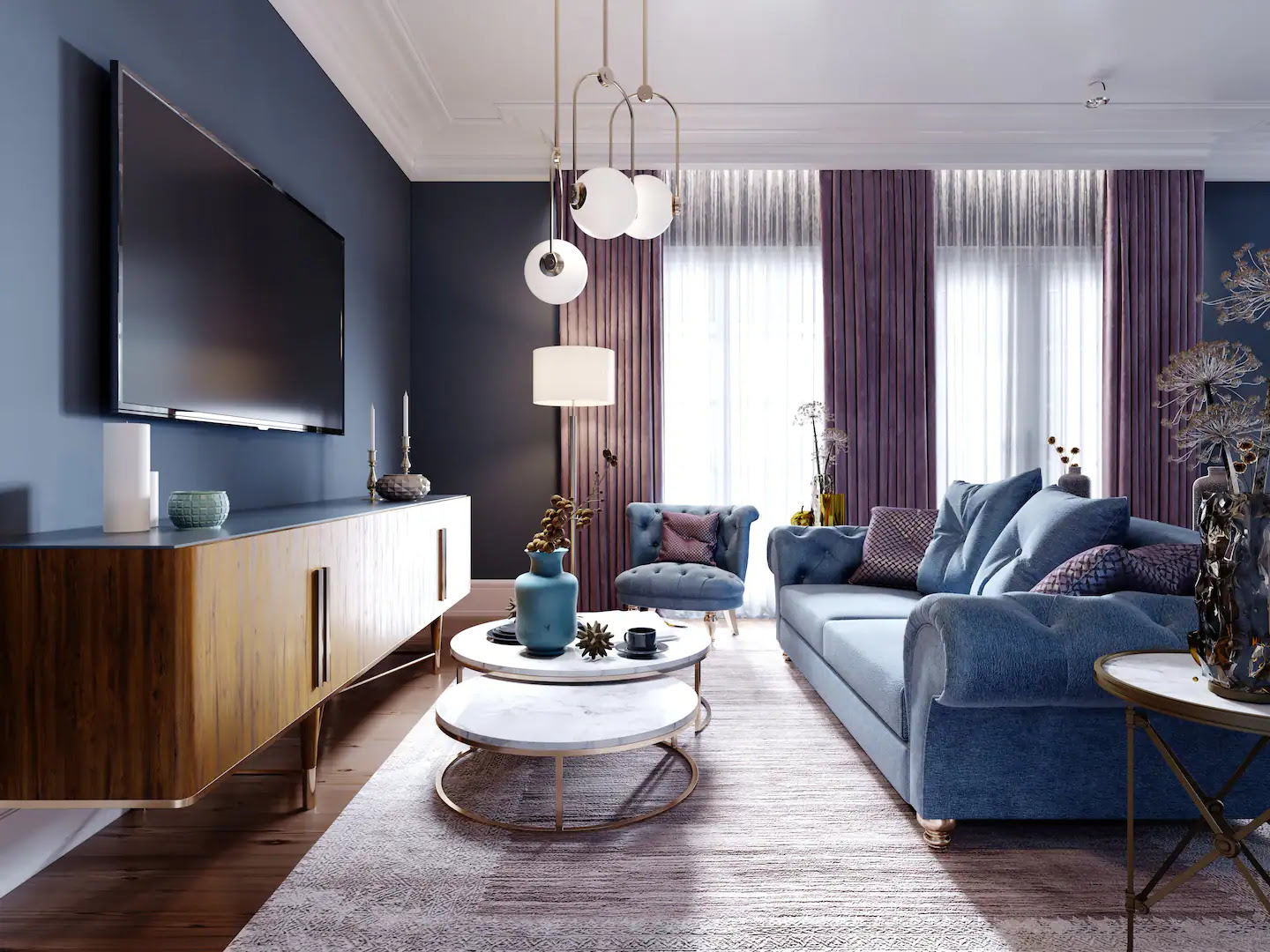

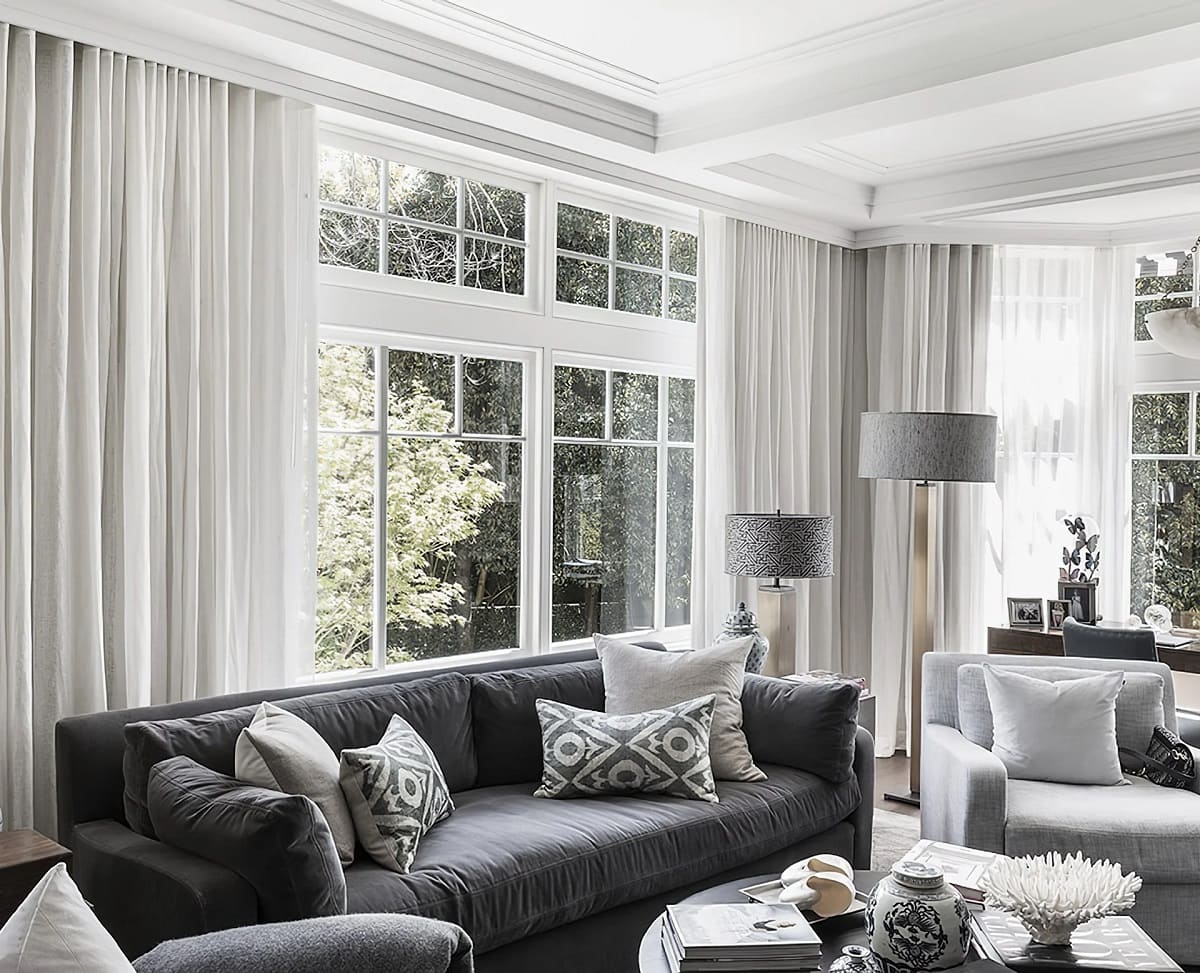
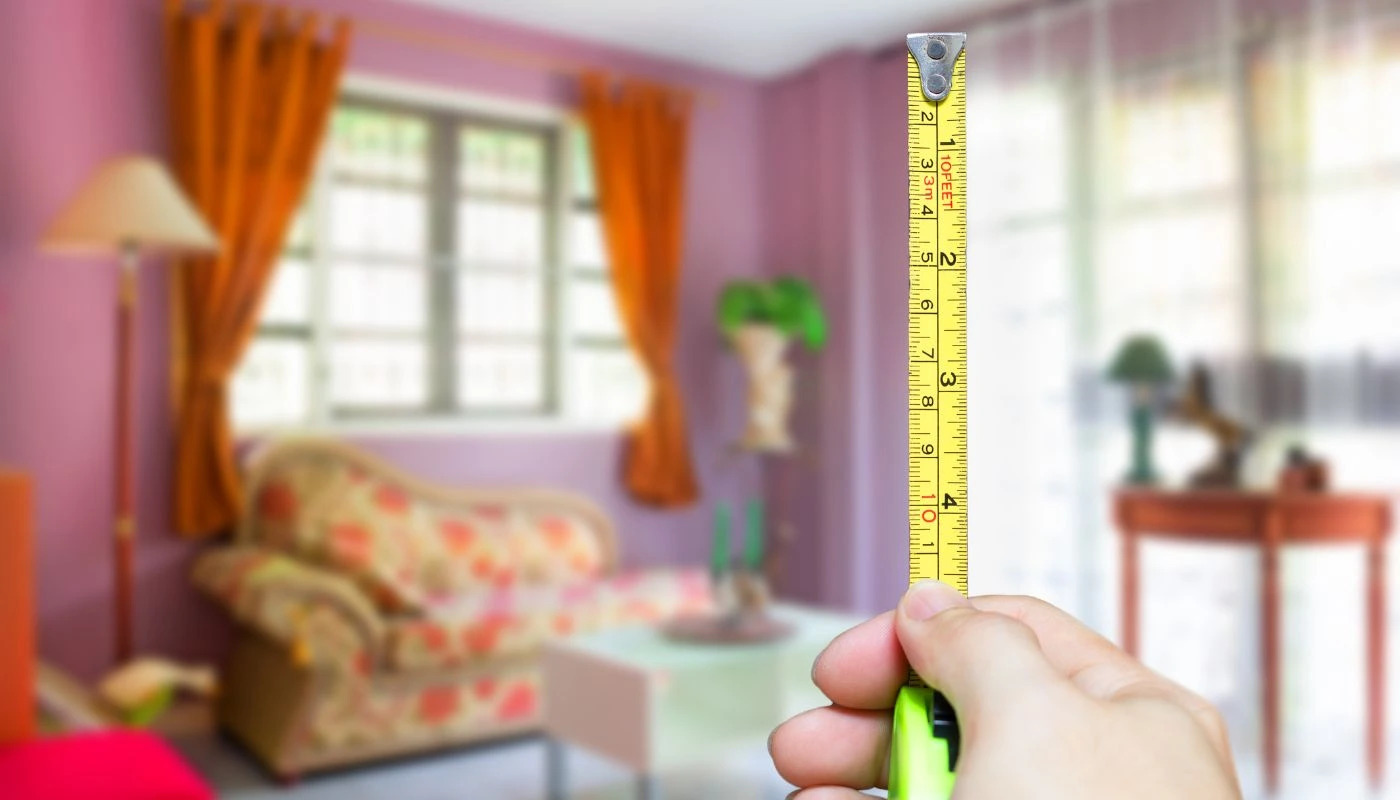
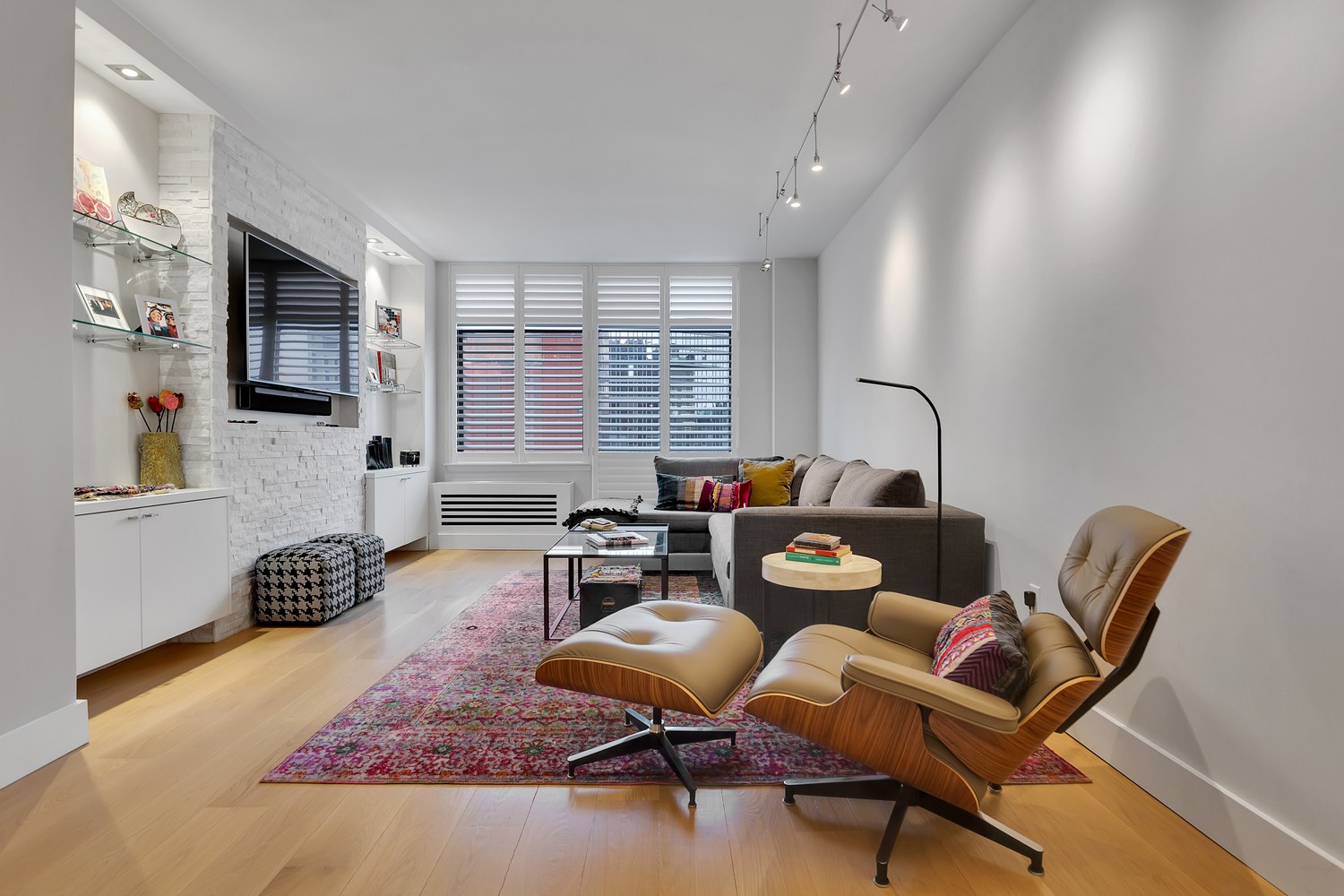
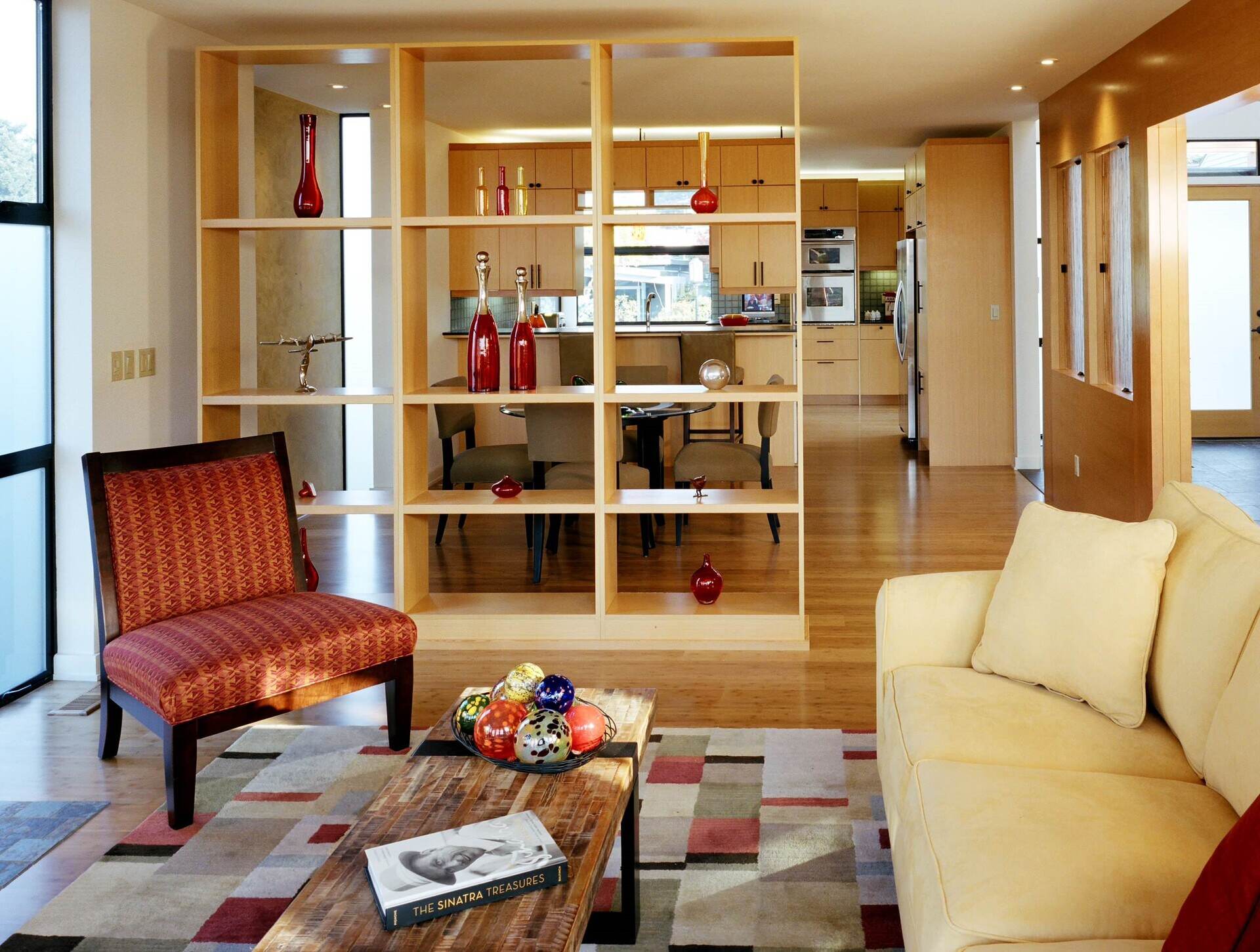
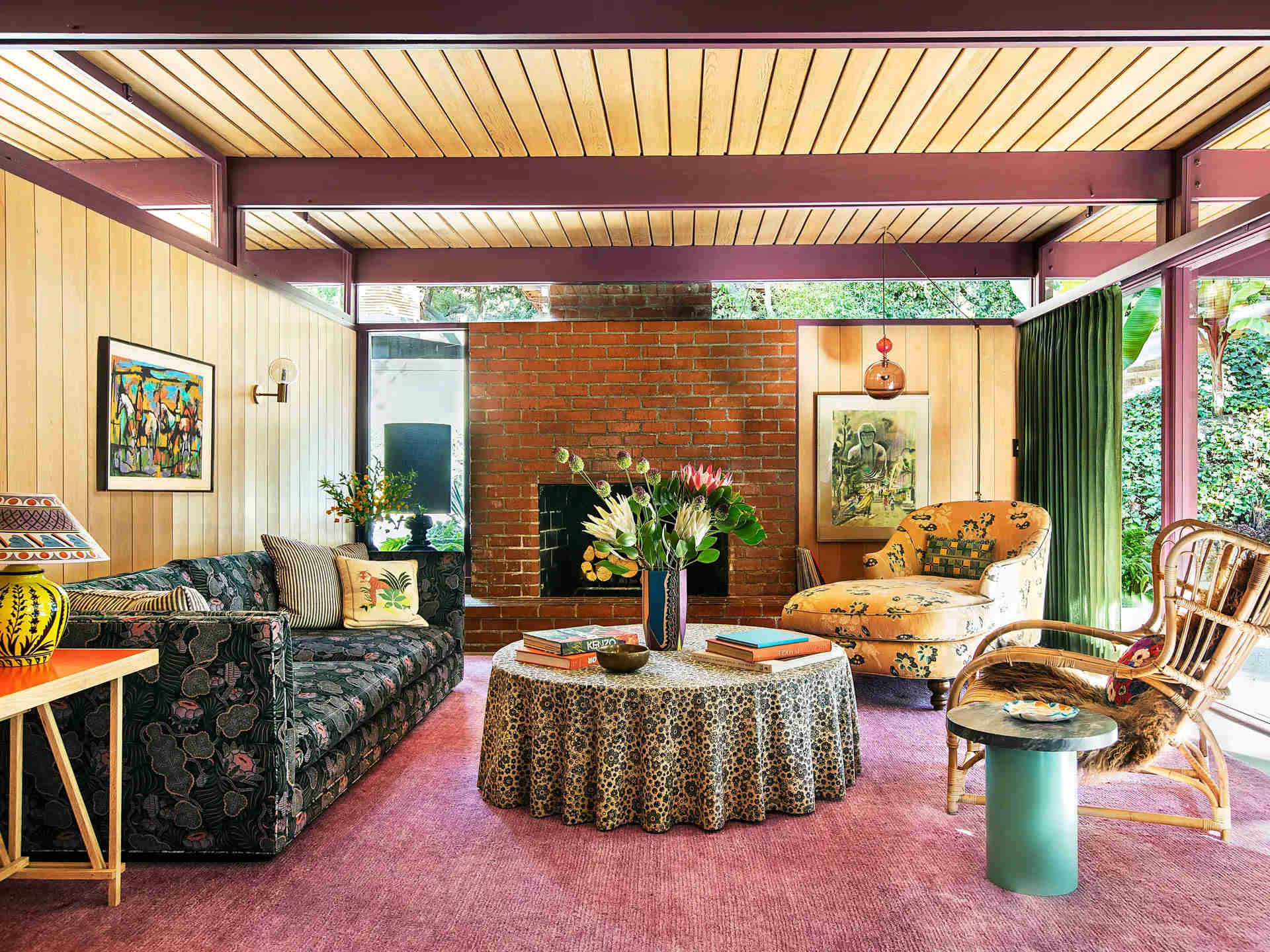
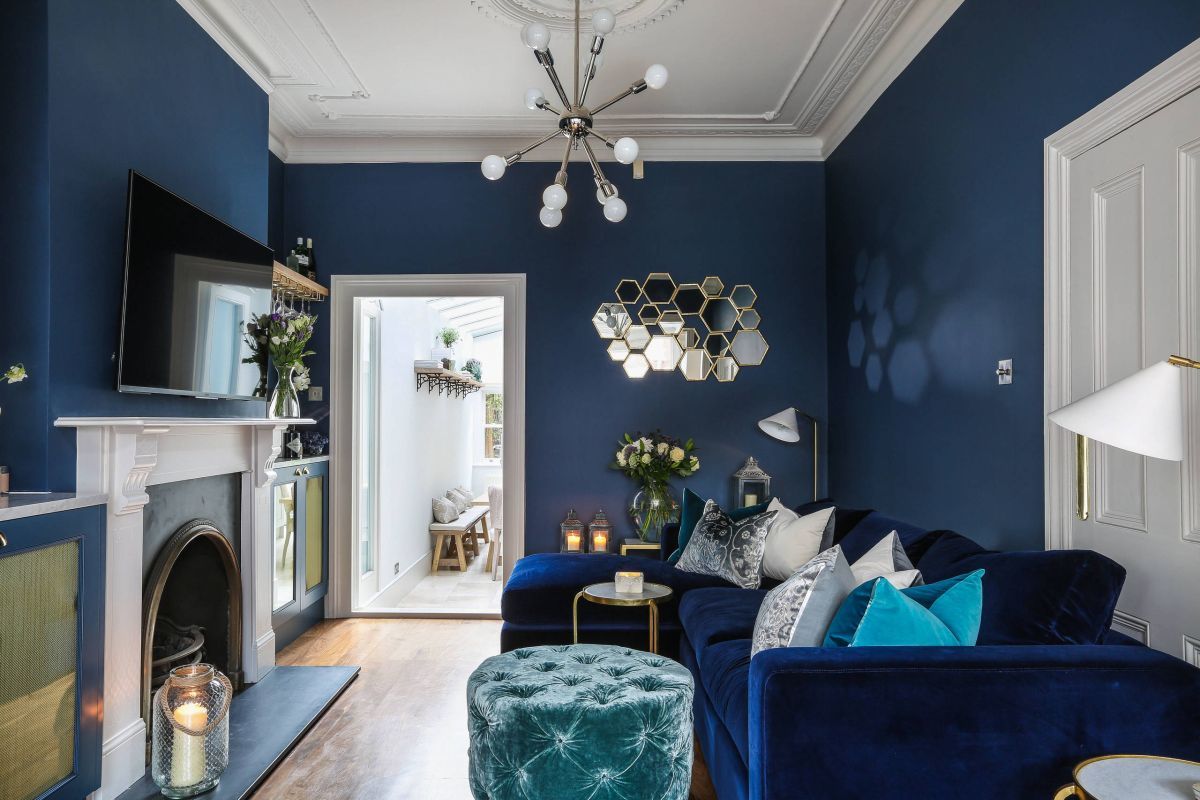
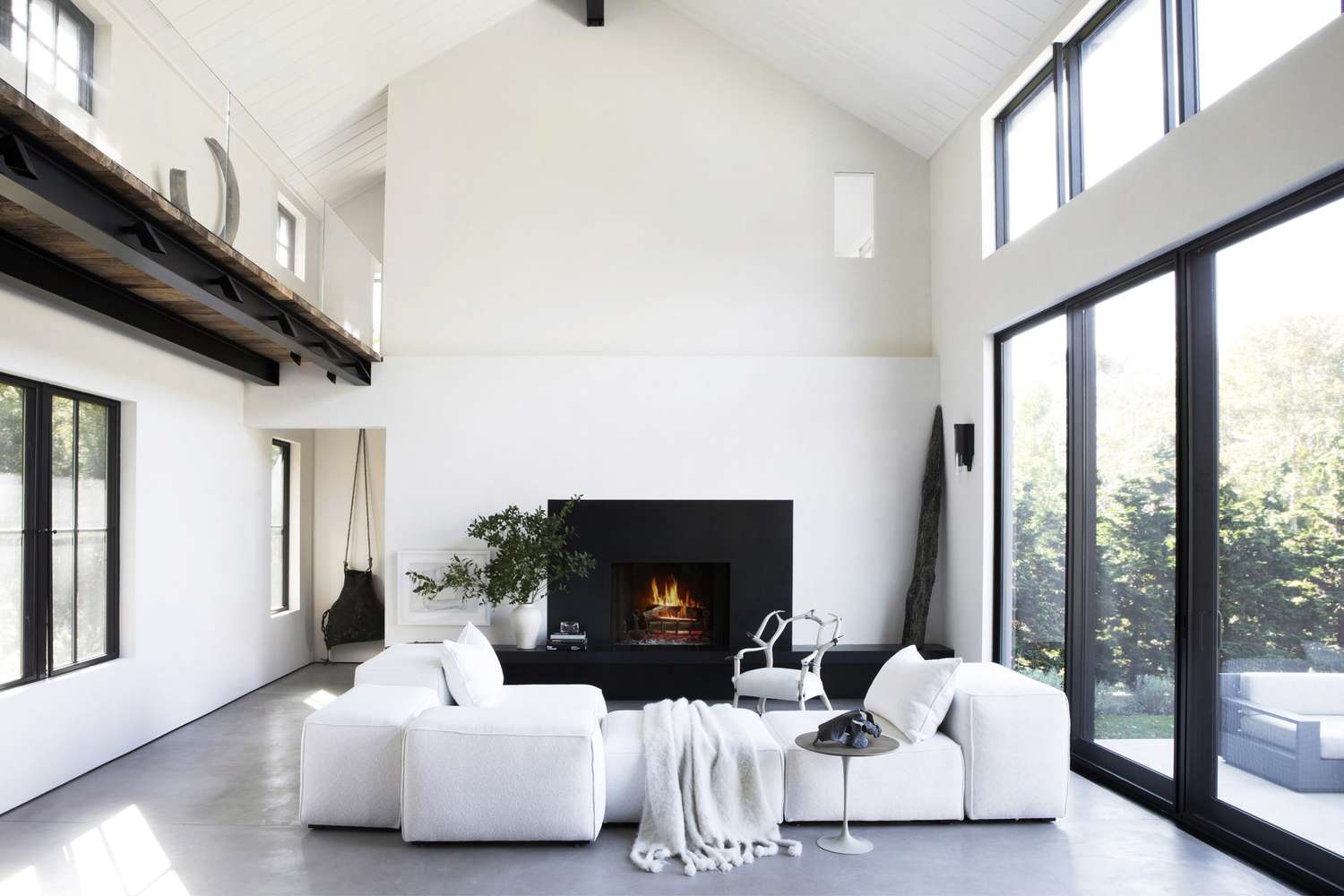
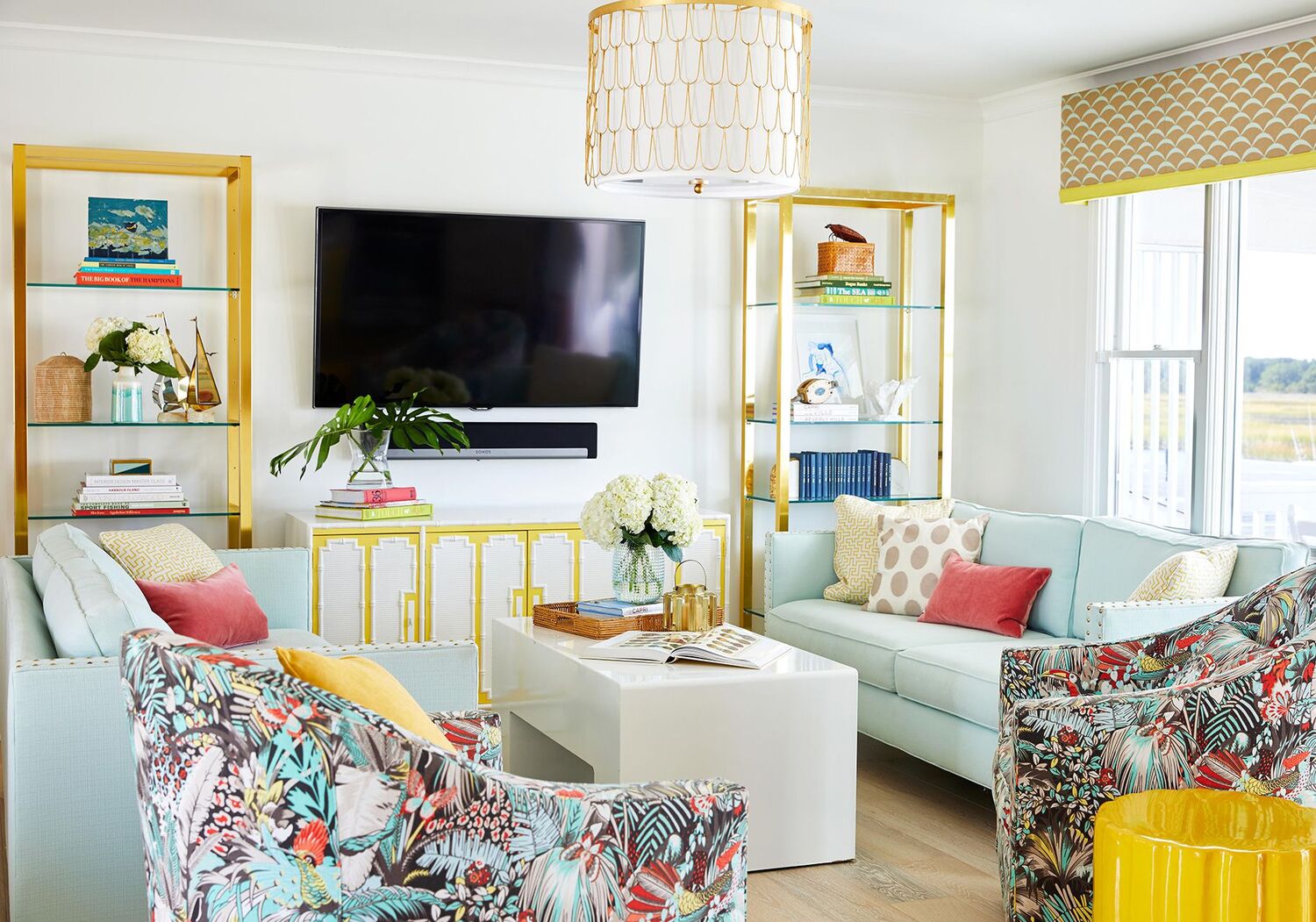
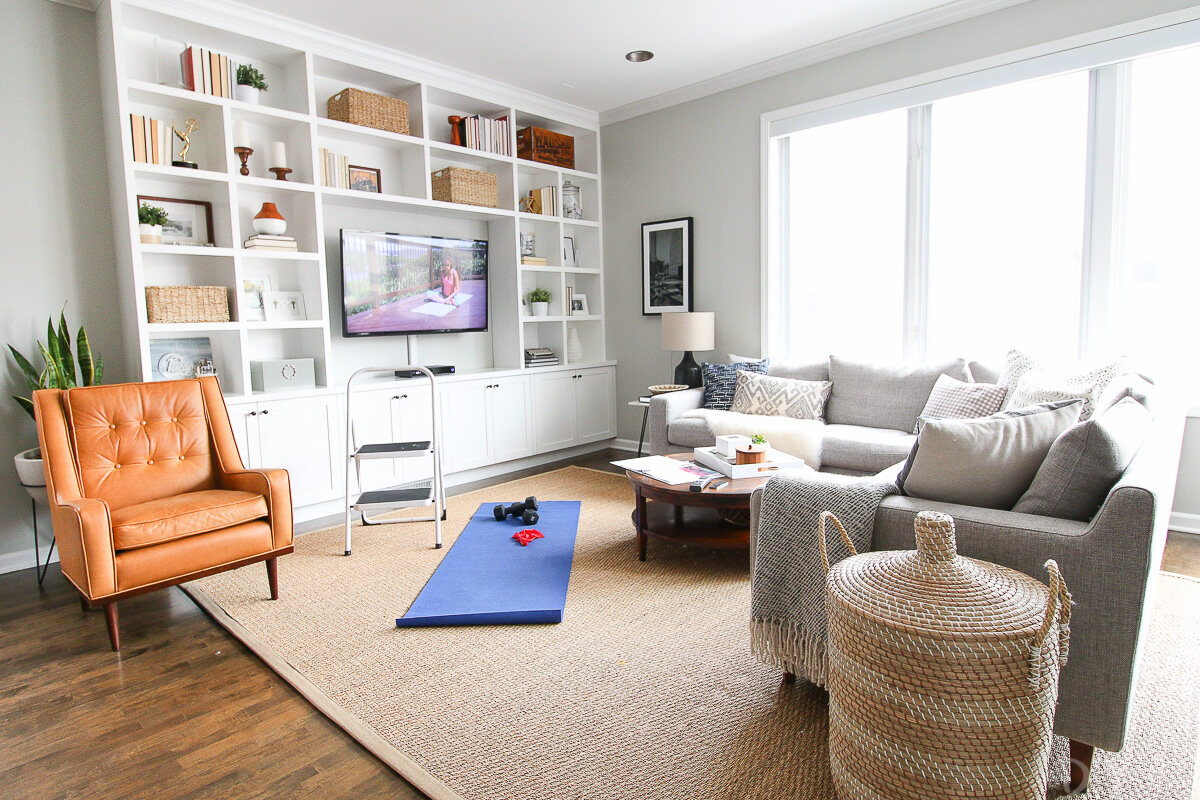
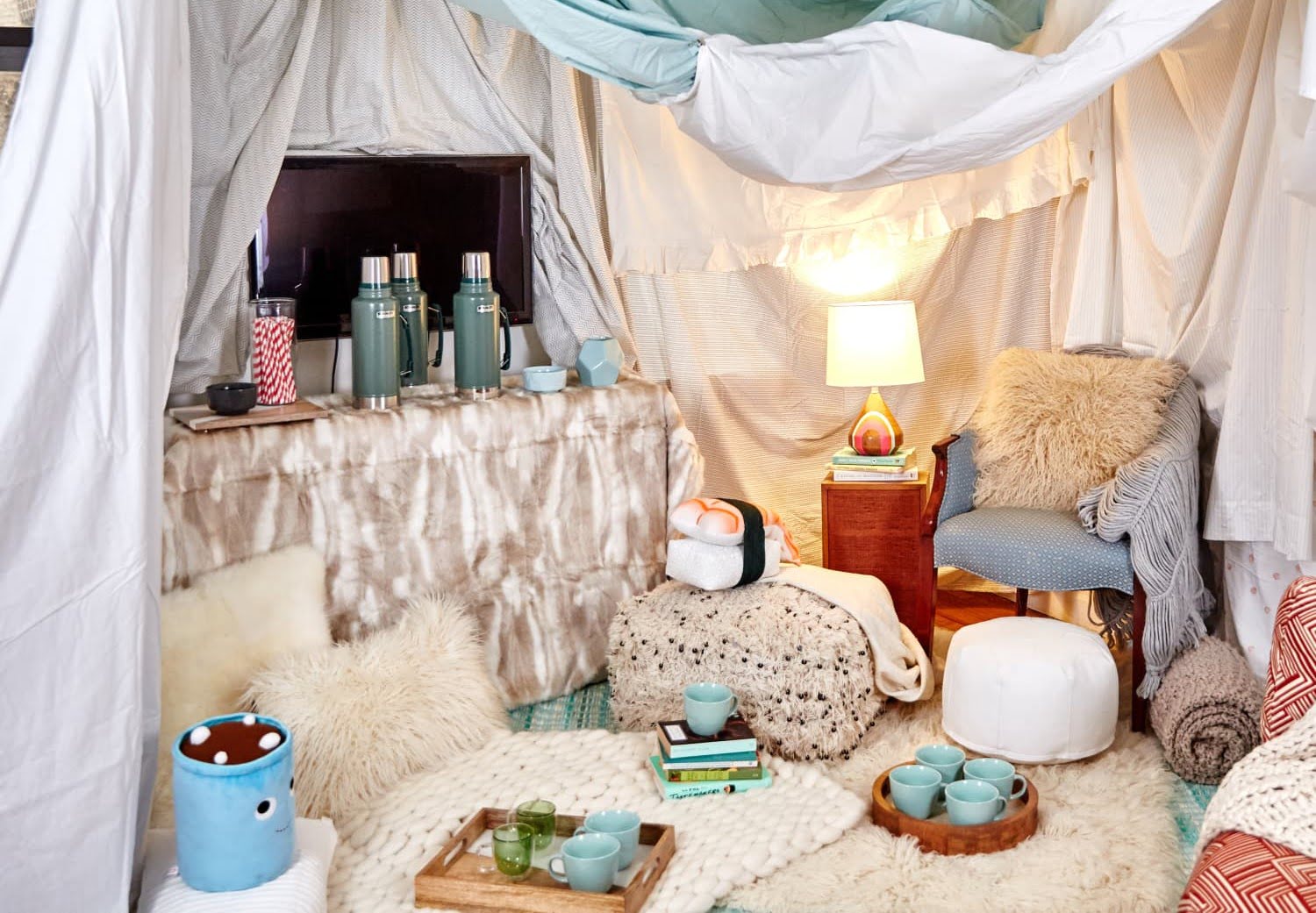
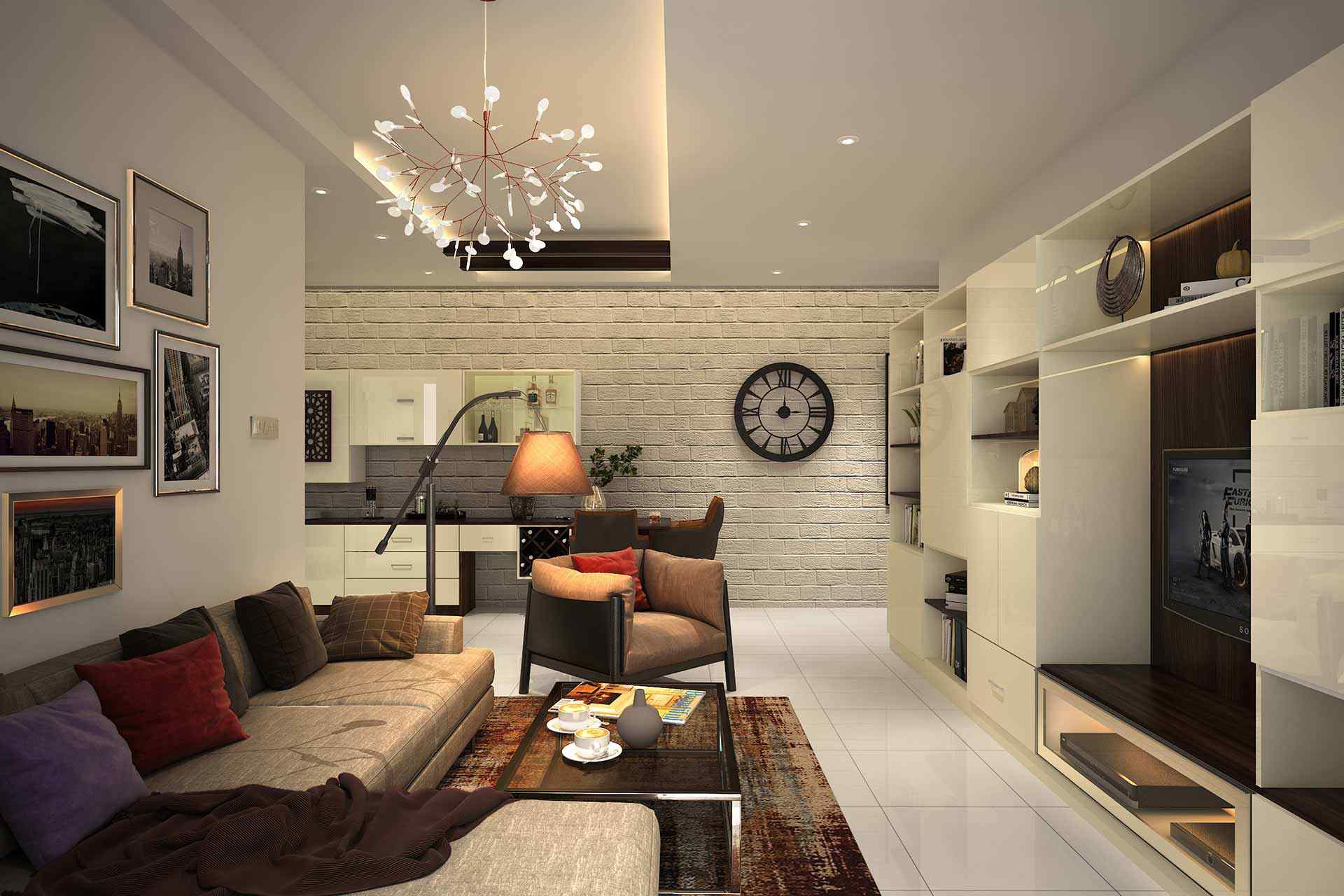

0 thoughts on “How To Use Poufs In Living Room”